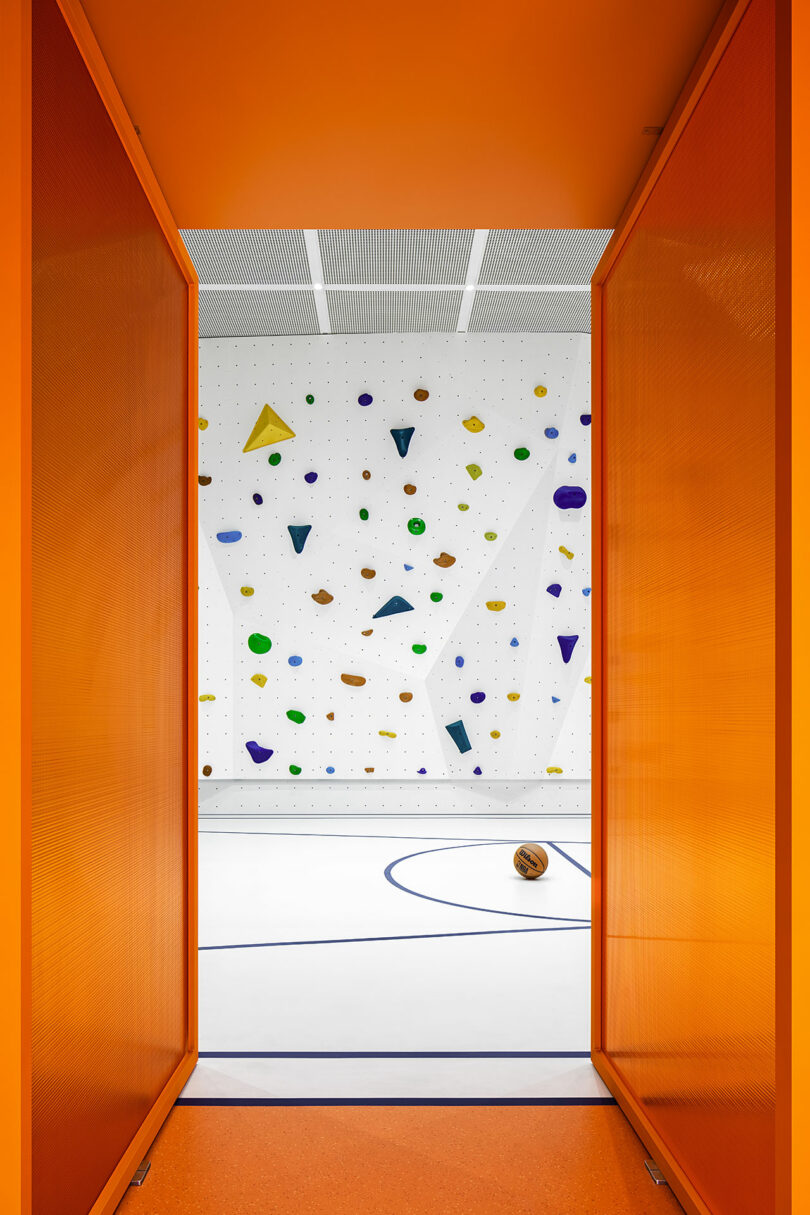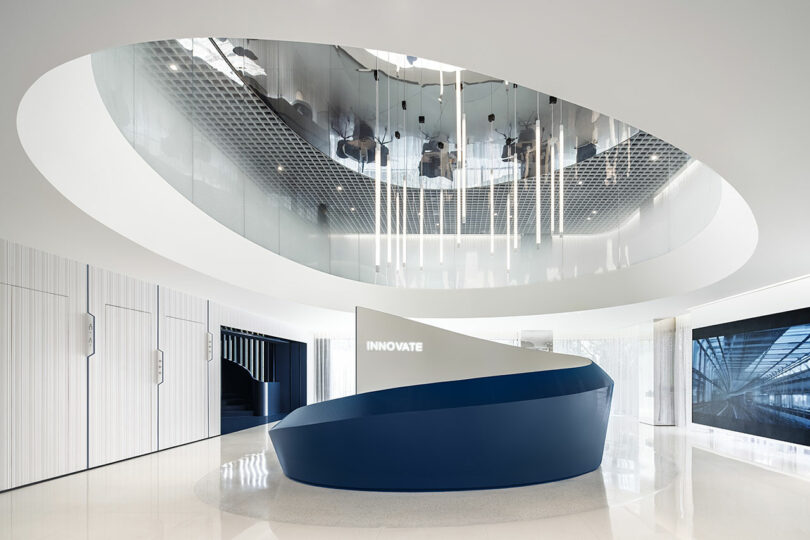EDIT: I am updating this post to reflect that these numbers are based on accrual accounting, meaning that these amounts are from the quarters I am referencing.
Anyone telling you otherwise is misinformed.
As with my Anthropic exclusive from a few weeks ago, though this feels like a natural premium piece, I decided it was better to publish on my free one so that you could all enjoy it. If you liked or found this piece valuable, please subscribe to my premium newsletter — here’s $10 off the first year of an annual subscription. I have put out over a hundred thousand words of coverage in the last three months, most of which is on my premium, and I’d really appreciate your support. I also did an episode of my podcast Better Offline about this.
Before publishing, I discussed the data with a Financial Times reporter. Microsoft and OpenAI both declined to comment to the FT.
If you ever want to share something with me in confidence, my signal is ezitron.76, and I’d love to hear from you.
What I’ll describe today will be a little more direct than usual, because I believe the significance of the information requires me to be as specific as possible.
Based on documents viewed by this publication, I am able to report OpenAI’s inference spend on Microsoft Azure, in addition to its payments to Microsoft as part of its 20% revenue share agreement, which was reported in October 2024 by The Information. In simpler terms, Microsoft receives 20% of OpenAI’s revenue.
Sidenote: One minor detail. The revenue share agreement changed as a result of OpenAI’s restructuring into a for-profit company. Although the amount remains the same, Microsoft says that payments “will be made over a longer period of time.”
It’s unclear what this exactly means. This statement also applies to a time period after the ones I am discussing today.
I do not have OpenAI’s training spend, nor do I have information on the entire extent of OpenAI’s revenues, as it appears that Microsoft shares some percentage of its revenue from Bing, as well as 20% of the revenue it receives from selling OpenAI’s models.
Microsoft’s partnership with OpenAI is complicated, and the pair are intertwined both technologically and financially. While it’s been widely reported that OpenAI shares 20 percent of its revenues with Microsoft, there are additional revenue-sharing agreements in place, according to sources who are familiar with the arrangement.
Microsoft receives 20 percent of the revenue OpenAI earns for ChatGPT and the AI startup’s API platform, but Microsoft also invoices OpenAI for inferencing services. As Microsoft runs an Azure OpenAI service that offers OpenAI’s models directly to businesses, Microsoft also pays 20 percent of its revenue from this business directly to OpenAI.
Nevertheless, I am going to report what I’ve been told. One small note — for the sake of clarity, every time I mention a year going forward, I’ll be referring to the calendar year, and not Microsoft’s financial year (which ends in June).
These numbers in this post differ to those that have been reported publicly. For example, previous reports had said that OpenAI had spent $2.5 billion on “cost of revenue” - which I believe are OpenAI’s inference costs - in the first half of CY2025.
According to the documents viewed by this newsletter, OpenAI spent $5.02 billion on inference alone with Microsoft Azure in the first half of Calendar Year CY2025.
As a reminder: inference is the process through which a model creates an output.
This is a pattern that has continued through the end of September. By that point in CY2025 — three months later — OpenAI had spent $8.67 billion on inference.
OpenAI’s inference costs have risen consistently over the last 18 months, too. For example, OpenAI spent $3.76 billion on inference in CY2024, meaning that OpenAI has already doubled its inference costs in CY2025 through September.
Based on its reported revenues of $3.7 billion in CY2024 and $4.3 billion in revenue for the first half of CY2025, it seems that OpenAI’s inference costs easily eclipsed its revenues.
Yet, as mentioned previously, I am also able to shed light on OpenAI’s revenues, as these documents also reveal the amounts that Microsoft takes as part of its 20% revenue share with OpenAI.
Concerningly, extrapolating OpenAI’s revenues from this revenue share does not produce numbers that match those previously reported.
According to the documents, Microsoft received $493.8 million in revenue share payments in CY2024 from OpenAI — implying revenues for CY2024 of at least $2.469 billion, or around $1.23 billion less than the $3.7 billion that has been previously reported.
Similarly, for the first half of CY2025, Microsoft received $454.7 million as part of its revenue share agreement, implying OpenAI’s revenues for that six-month period were at least $2.273 billion, or around $2 billion less than the $4.3 billion previously reported. Through September, Microsoft’s revenue share payments totalled $865.9 million, implying OpenAI’s revenues are at least $4.329 billion.
According to Sam Altman, OpenAI’s revenue is “well more” than $13 billion. I am not sure how to reconcile that statement with the documents I have viewed.
The following numbers are calendar years.
I will add that, where I have them, I will include OpenAI’s leaked or reported revenues. In some cases, the numbers match up. In others they do not.
Though I do not know for certain, the only way to reconcile this would be some sort of creative means of measuring “annualized” or “recurring” revenue. I am confident in saying that I have read every single story about OpenAI’s revenue ever written, and at no point does OpenAI (or the documents reporting anything) explain how the company defines “annualized” or “annual recurring revenue.”
I must be clear that the following is me speaking in generalities, and not about OpenAI specifically, but you can get really creative with annualized revenue or annual recurring revenue. You can say 30 days, 28 days, and you can even choose a period of time that isn’t a calendar month too — so, say, the best 30 days of your company’s existence across two different months.
I have no idea how OpenAI defines this metric, and default to saying that “annualized” or “ARR” means $Xnumber divided by 12.
CY2024
Q1 CY2024 (January, February, March)
- Inference: $546.8 million
- Microsoft Revenue Share: $77.3 million
- Implied OpenAI revenue: at least $386.5 million
The Financial Times reported on February 9 2024 that OpenAI’s revenues had “surpassed $2 billion on an annualised basis” in December 2023, working out to $166.6 million in a month:
The San Francisco-based start-up’s yearly run rate — a measure of the previous month’s revenue multiplied by 12 — hit the $2bn milestone in December 2023, according to two people with knowledge of its finances.
Q2 CY2024 (April, May, June)
- Inference: $748.3 million
- Microsoft Revenue Share: $109.5 million
- Implied OpenAI Revenue: at least $547.5 million
The Information reported on June 12 2024 that OpenAI had “more than doubled its annualized revenue to $3.4 billion in the last six months or so,” working out to around $283 million in a month, likely referring to this period.
Q3 CY2024 (July, August, September)
- Inference: $1.005 billion
- Microsoft Revenue Share: $139.2 million
- Implied OpenAI Revenue: at least $696 million
On September 27 2024, the New York Times reported that “OpenAI’s monthly revenue hit $300 million in August…and the company expects about $3.7 billion in annual sales [in 2024],” according to a financial professional’s review of documents.
Q4 CY2024 (October, November, December)
- Inference: $1.467 billion
- Microsoft Revenue Share: $167.8 million
- Implied OpenAI Revenue: at least $839 million
Totals For CY2024
- Total inference spend for CY2024: $3.767 billion
- Total implied revenue for CY2024: at least $2.469 billion
- Reported (projected) revenue for CY2024: $3.7 billion, per CNBC in September 2024. The Information also reported that expected revenue could be as high as $4 billion in a piece from October 2024.
- Reported inference costs for CY2024: $2 billion, per The Information.
CY2025
Q1 CY2025: (January, February, March)
- Inference: $2.075 billion
- Microsoft Revenue Share: $206.4 million
- Implied OpenAI Revenue: $1.032 billion
Q2 CY2025 (April, May, June)
- Inference: $2.947 billion
- Microsoft Revenue Share: $248.3 million
- Implied OpenAI Revenue: $1.241.5 billion
On June 9, 2025, an OpenAI spokesperson told CNBC that it had hit “$10 billion annual recurring revenue,” excluding licensing revenue from OpenAI’s 20% revenue share and “large, one-time deals.” $10bn annualized revenue works out to around $833 million in a month.
First Half CY2025
- H1 CY2025 Inference: $5.022 billion
- H1 CY2025 Revenue: at least $2.273 billion
- Reported H1 CY2025 Revenue: $4.3 billion (per The Information)
- Reported H1 CY2025 “Cost of Revenue”: $2.5 billion (per The Information)
Q3 CY2025 (July, August, September)
- Inference: $3.648 billion
- Microsoft Revenue Share: $411.1 million
- Implied OpenAI Revenue: at least $2.056 billion
What Could Be Missing
These numbers are inclusive of OpenAI’s revenue share payments to Microsoft and OpenAI’s inference spend. There could be potentially royalty payments made to OpenAI as part of its deal to receive 20% of Microsoft’s sales of OpenAI’s models, or other revenue related to its revenue share with Bing.
What This All Means
Due to the sensitivity and significance of this information, I am taking a far more blunt approach with this piece.
Based on the information in this piece, OpenAI’s costs and revenues are potentially dramatically different to what we believed. The Information reported in October 2024 that OpenAI’s revenue could be $4 billion, and inference costs $2 billion based on documents “which include financial statements and forecasts,” and specifically added the following:
OpenAI appears to be burning far less cash than previously thought. The company burned through about $340 million in the first half of this year, leaving it with $1 billion in cash on the balance sheet before the fundraising effort. But the cash burn could accelerate sharply in the next couple of years, the documents suggest.
I do not know how to reconcile this with what I am reporting today. In the first half of CY2024, based on the information in the documents, OpenAI’s inference costs were $1.295 billion, and its revenues at least $934 million.
Indeed, it is tough to reconcile what I am reporting with much of what has been reported about OpenAI’s costs and revenues.
OpenAI’s inference spend with Microsoft Azure between CY2024 and Q3 CY2025 was $12.43 billion. That is an astonishing figure, one that dramatically dwarfs any and all reporting, which, based on my analysis, suggested that OpenAI spent $2 billion on inference in 2024 and $2.5 billion through H1 CY2025. In other words, inference costs are nearly triple that reported elsewhere.
Similarly, OpenAI’s extrapolated revenues are dramatically different to those reported.
While we do not have a final tally for 2024, the indicators presented in the documents viewed contrast starkly with the reported predictions from that year. Both reports of OpenAI’s 2024 revenues (CNBC, The Information) are from the same year and are projections of potential final totals, though The Information’s story about OpenAI’s H1 CY2025 revenues said that “OpenAI generated $4.3 billion in revenue in the first half of 2025, about $16% more than it generated all of last year,” which would bring us to $3.612 billion in revenue, or $1.145 billion more than are implied by OpenAI’s revenue share numbers paid to Microsoft.
I do not have an answer for inference, other than I believe that OpenAI is spending far more money on inference than we were led to believe, and that the current numbers reported do not resemble those in the documents.
Based on these numbers, it appears that OpenAI may be the single-most cash intensive startup of all time, and that the cost of running large language models may not be something that can be supported by revenues. Even if revenues were to match those that had been reported, OpenAI’s inference spend on Azure consumes them, and appears to scale linearly above revenue.
I also cannot reconcile these numbers with the reporting that OpenAI will have a cash burn of $9 billion in CY2025. On inference alone, OpenAI has already spent $8.67 billion through Q3 CY2025.
Similarly, I cannot see a path for OpenAI to hit its projected $13 billion in revenue by the end of 2025, nor can I see on what basis Mr. Altman could state that OpenAI will make “well more” than $13 billion this year.
What This Could Mean At An Industry Level
I cannot and will not speak to the financial health of OpenAI in this piece, but I will say this: these numbers are materially different to what has been reported, and the significance of OpenAI’s inference spend alone makes me wonder about the larger cost picture for generative AI.
If it costs this much to run inference for OpenAI, I believe it costs this much for any generative AI firm to run on OpenAI’s models. If it does not, OpenAI’s costs are dramatically higher than the prices it is charging its customers, which makes me wonder whether price increases could be necessary to begin making more money, or at the very least losing less.
Similarly, if OpenAI’s costs are this high, it makes me wonder about the margins of any frontier model developer.
































